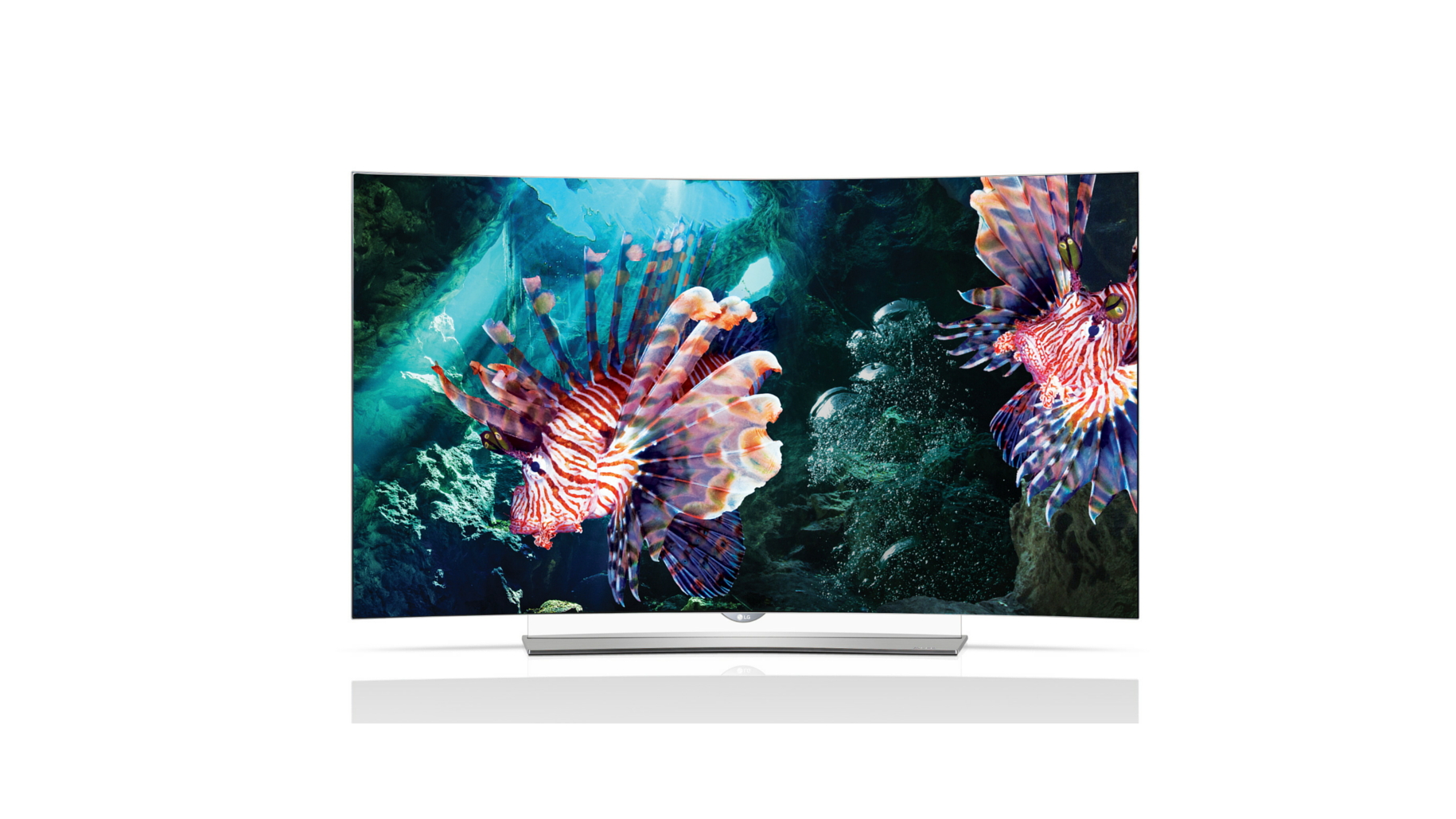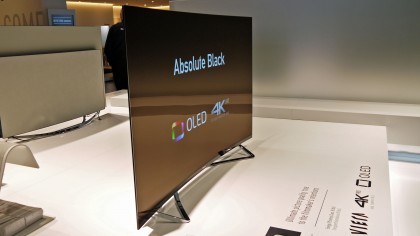Will High Dynamic Range struggle to get onto our TVs?
HDR is facing difficulties both in production and encoding

High Dynamic Range (HDR) content is still facing up to some serious barriers in its push towards mainstream acceptance in the TV and home cinema market.
Speaking in a dedicated HDR session at the MIPCOM trade show, Maryline Clare-Charrier, 4EVER Project Lead at Orange Labs, is reported to have told attendees that current HDR televisions are inadequate to the task and that live production is still not ready for the advanced visual technology.
The 4EVER (for Enhanced Video ExpeRience) Project is a collaborative effort spearheaded by the French government to improve image quality using Ultra HD resolutions and the High Efficiency Video Codec (HEVC).
Clare-Charrier says that the current 500-1,000 Nits of today's HDR-capable TVs is actually inadequate with a 1,500 Nit screen rating being the optimum luminance necessary to give the best HDR viewing experience.
The likes of LG and Panasonic have disputed claims that high brightness, something the LG OLED panels struggle with, isn't the most important factor for HDR. They both claim the more important factor is down to the blackest blacks.

Neil Hunt, Chief Product Officer at Netflix spoke to us earlier in the year about the needs of HDR TVs.
"There's a lot of screen technology to be developed," says Hunt. "I think at the high-end you see the opportunity to build screens with maybe 1,000Nits or more of brightness and that really makes a compelling HDR experience. And at the lower-end there's people thinking about 500Nits or so. We're looking to provide a HDR experience that works across a range of devices."
Sign up for breaking news, reviews, opinion, top tech deals, and more.
Encoding issues
The TV technology isn't the only issue, however, as Clare-Charrier has also said that "production is still a problem and so are encoding issues."
Netflix has echoed this, expecting a 20% bandwidth requirement for HDR on top of Ultra HD content, which could push the requirements up to around 30Mbps. Clare-Charrier claims that simply isn't commercially viable.
Interestingly Clare-Charrier has also made the claim the High Frame Rate (HFR) technology really needs to be looked at more. In testing visual appreciation of just a 3Mbps encoded stream showed higher visual appreciation levels.
With less of a bandwidth requirement on HFR than Ultra HD or HDR, it is argued that content creators and distributors need to be looking at getting more frames in too.
At the moment HDR is definitely struggling to get onto our TVs as Amazon Prime is the only service offering accessible content - and even then only a handful of shows. But the standards have yet to be finalised and when they are Netflix will join the HDR party and so will, hopefully, a whole slew of HDR-capable Ultra HD Blu-rays too.
via DigitalTVEurope.